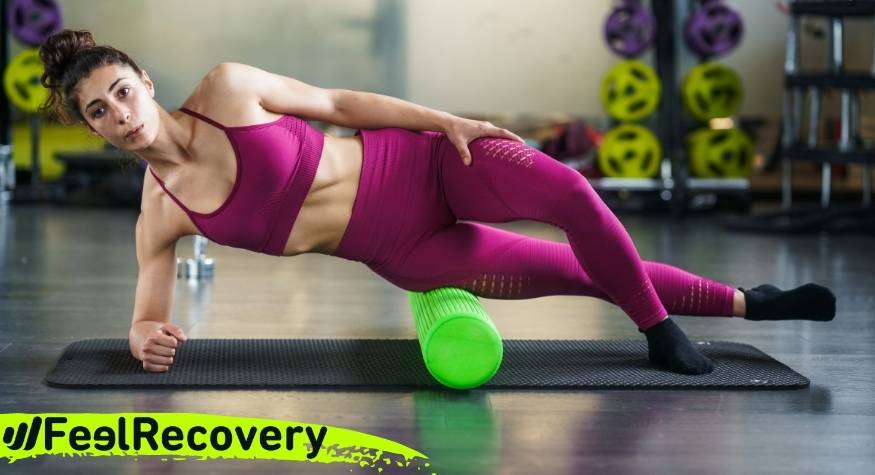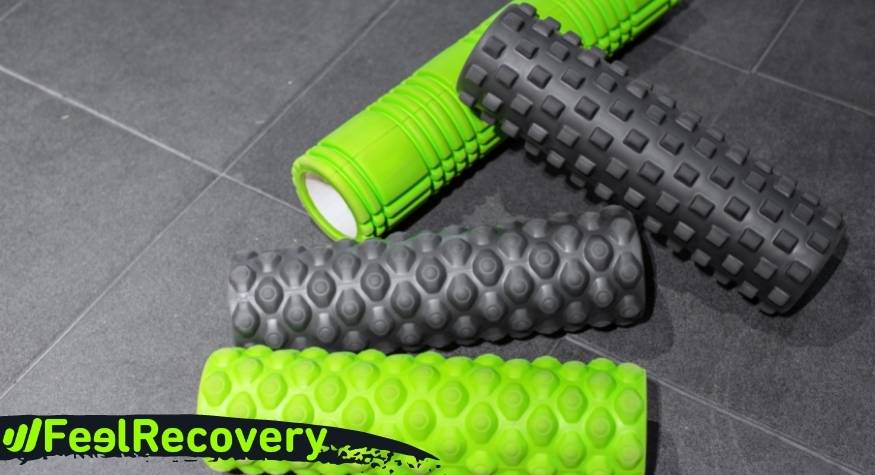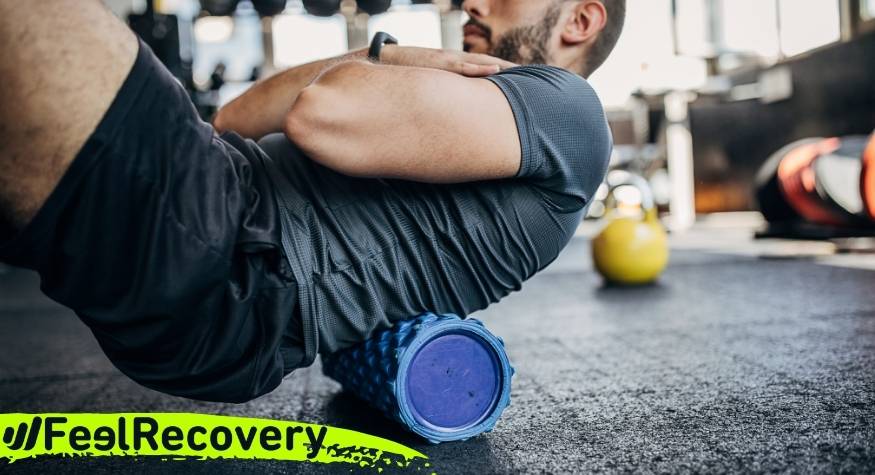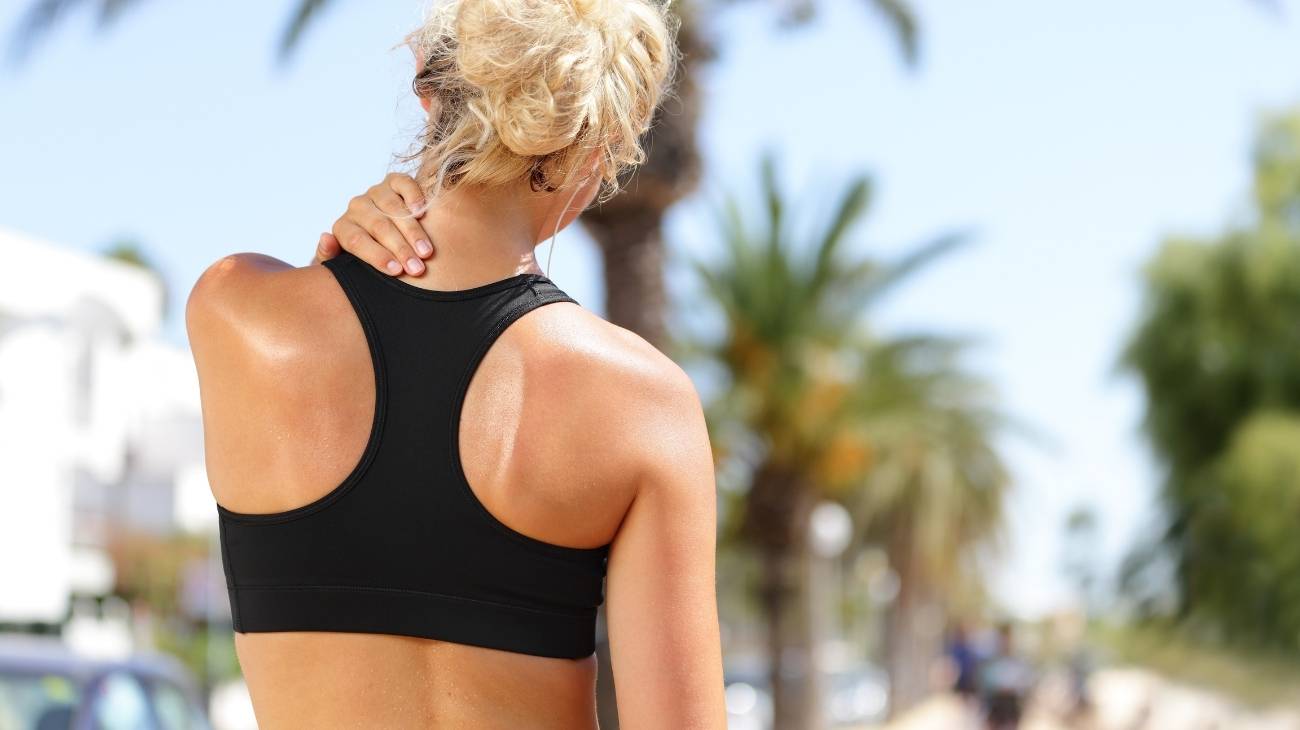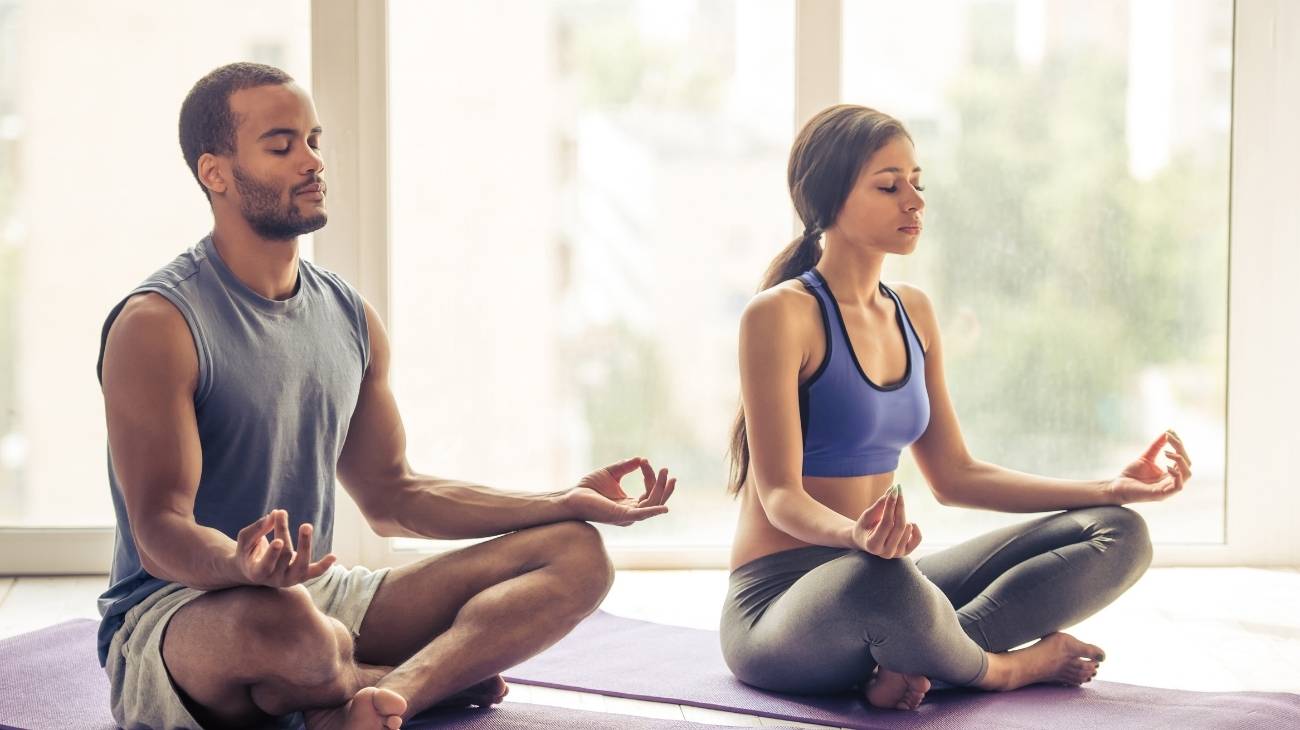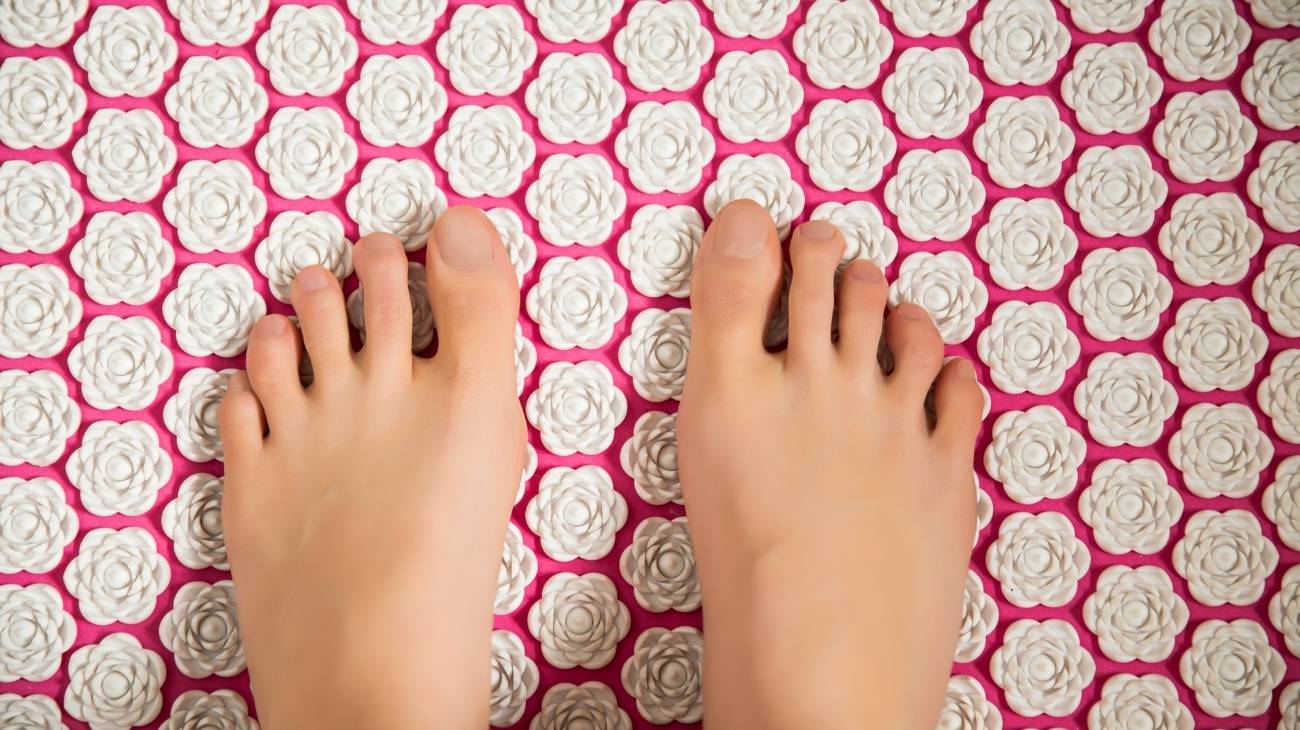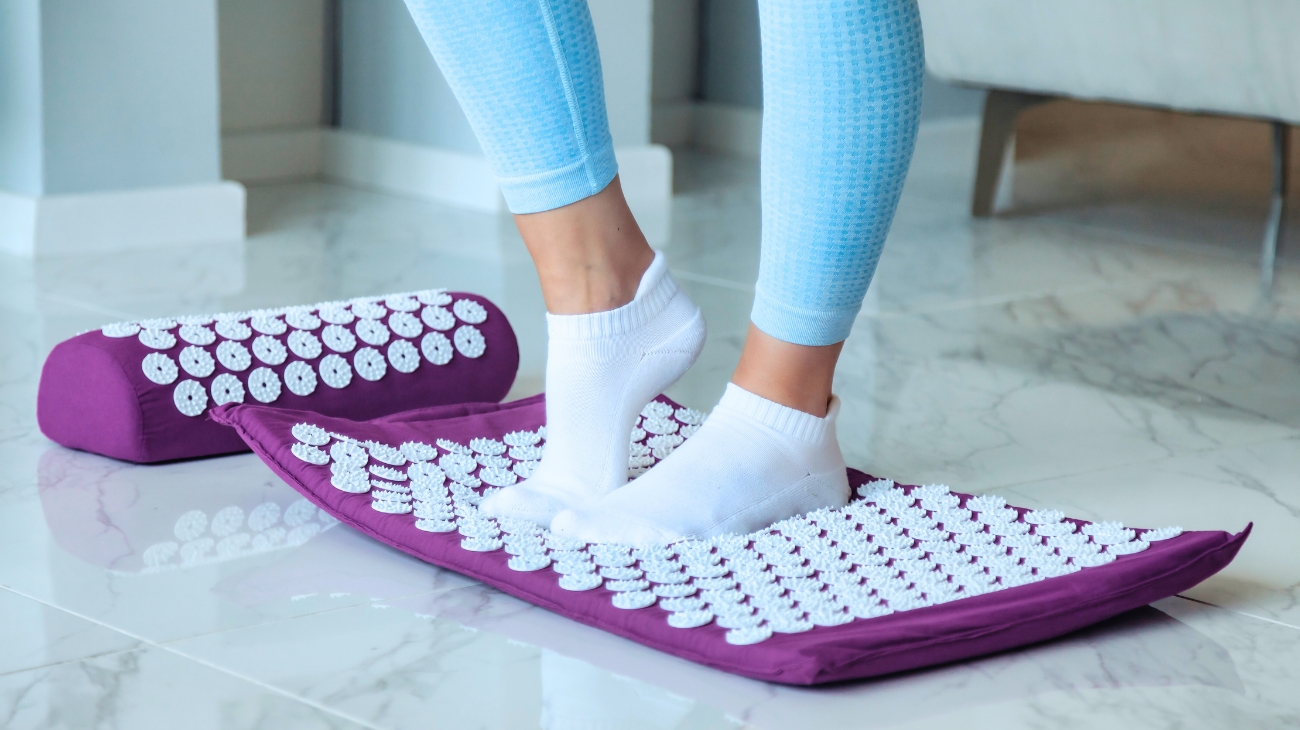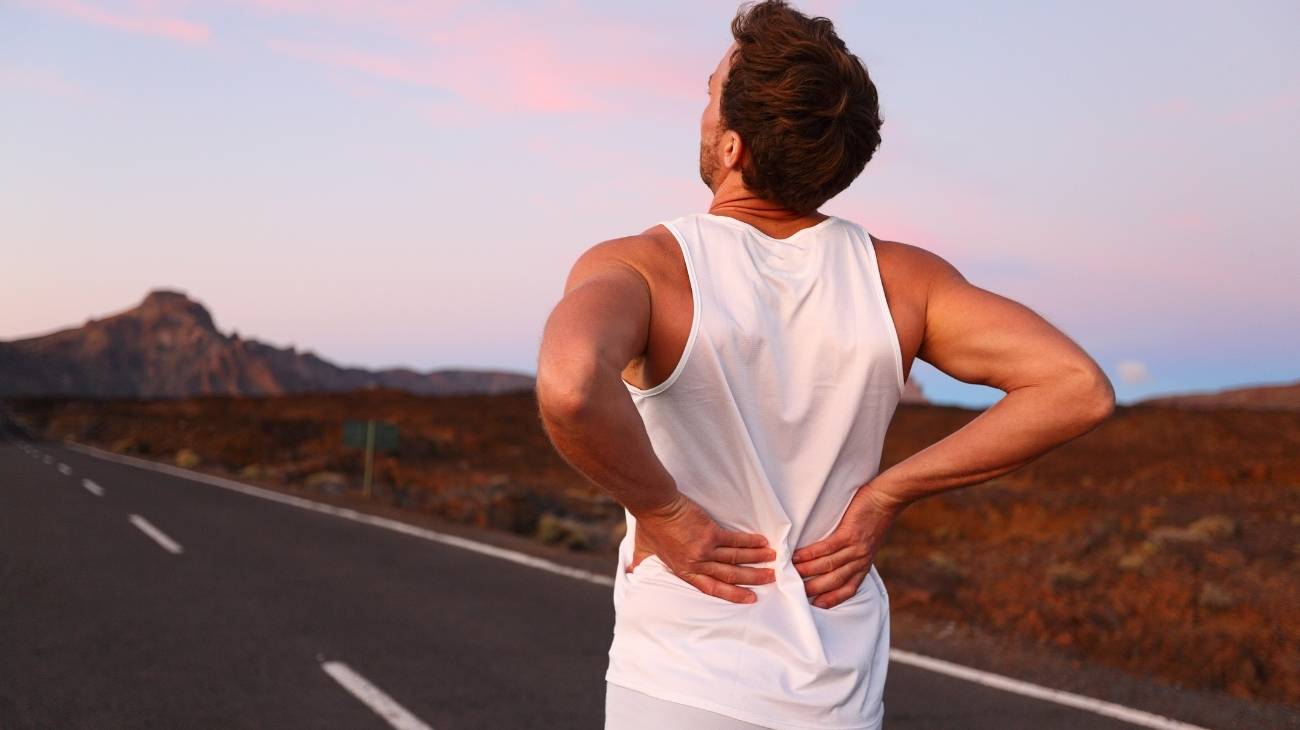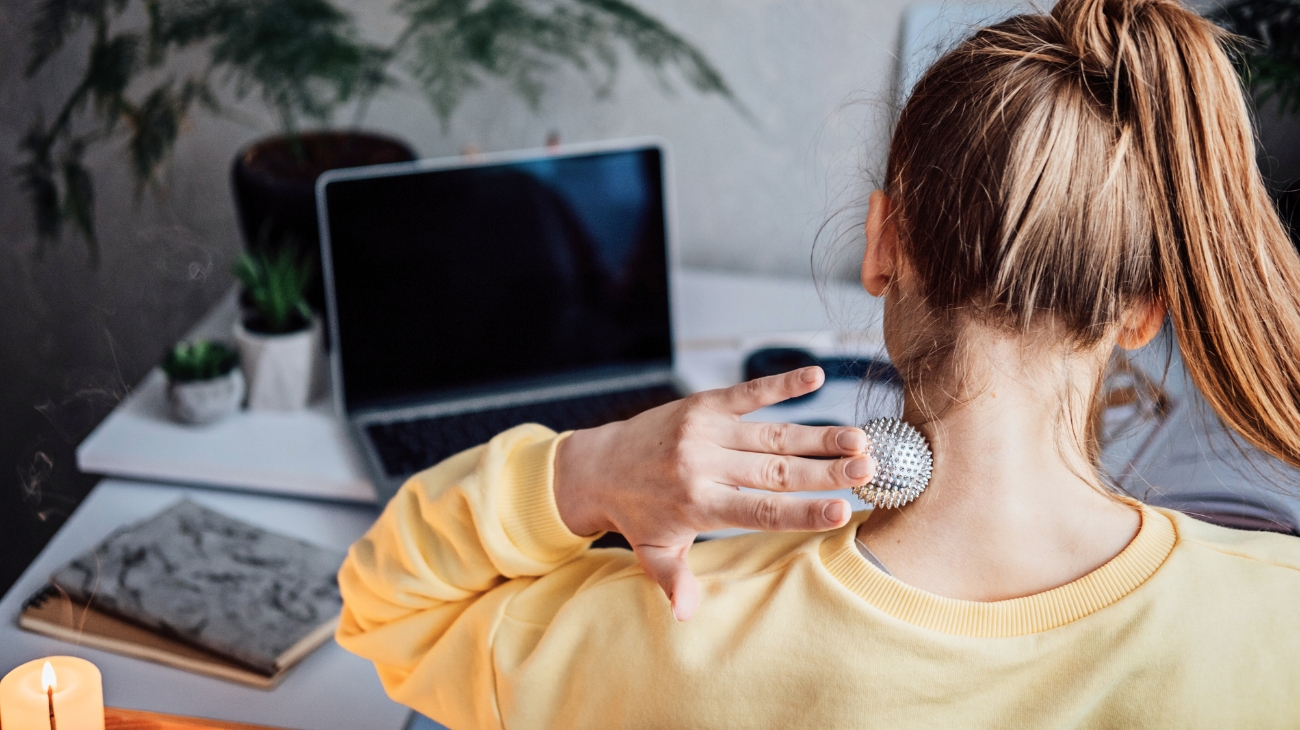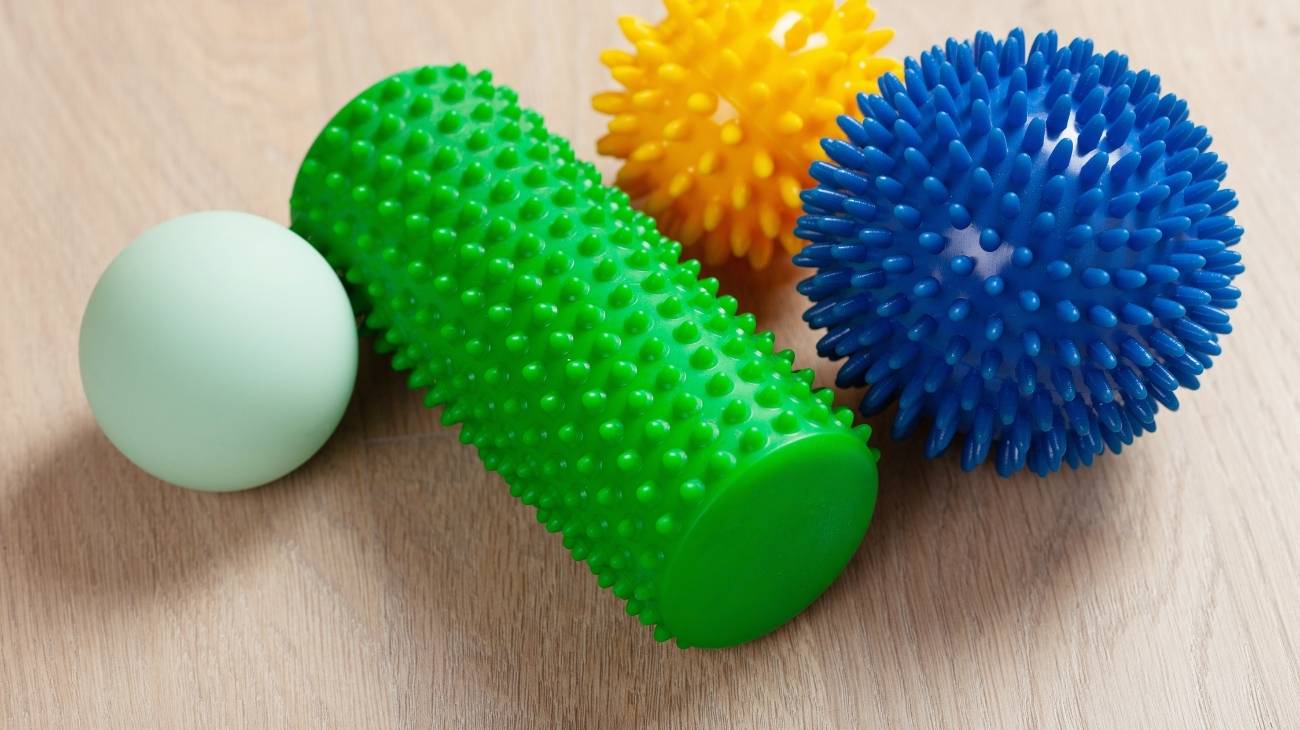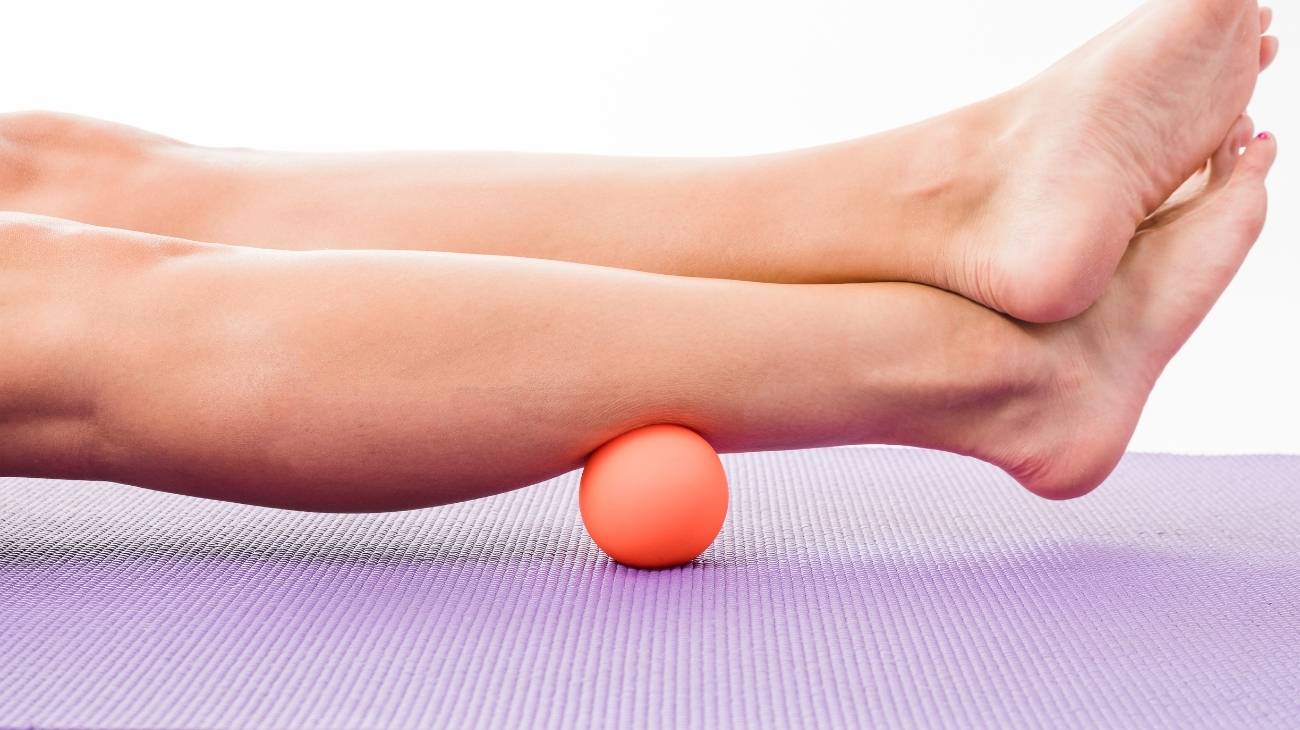One of the most versatile and effective products is the Foam Roller. Its different materials and textures make it suitable for the recovery and massage needs of people at home as well as professional athletes.
Its most proven usefulness is in relieving tension and releasing myofascial tissues in the lower back and denser muscles such as the hamstrings and quadriceps, so this is where there will be the greatest quantity and quality of benefits.
Benefits of using a Foam Roller
Did you know that foam rolling can enhance your flexibility and range of motion? Research indicates that using a foam roller before exercise can lead to a 4% improvement in flexibility, making your movements more efficient and reducing the risk of injury.
With this product you can have a professional massage at home, as if a physiotherapist were applying his best techniques to you at a more accessible price and with similar results. Do you know its benefits?
- Myofascial release: this is the main strength of the massage roller, its function is to eliminate knots and tensions in the myofascial system, which is a kind of second skin that covers all the organs of the body, including the muscles. As its function is to feed the muscle fibres and promote flexibility, it is important that the fascia is in optimal condition.
- Controls stiffness: one of the great advantages of this product is that you can control stiffness in a localised way, you can work with pressure and gliding to reduce the stress of the day and avoid muscle knots that can become complicated and even limit people's mobility.
- Easy to use: the use of myofascial rollers is intuitive, you just need to define the area where you are going to work and start making gentle strokes as long as you have relief from the ailments and the skin tolerates this type of sensory stimulation. If you are sensitive to massage, you can regulate the pressure with your body weight and opt for softer products.
- Improve blood circulation: constant massages increase body temperature and improve blood flow, both of which allow more nutrients and oxygen to reach the muscle fibres, which promotes recovery from injuries.
- Corrects postures: sitting and standing for many hours a day, makes you unconsciously take incorrect body postures. The myofascial rollers make you a person more aware of your body and the correct functioning it should have. The Foam Roller repairs muscular imbalances generated by contractures.
- Improves range of motion: maintaining flexibility and elasticity is another of the great benefits of the massage roller, by massaging you ensure that knots disappear and joints function better even though you should not put pressure directly on the bones or joints.
- Reduce mental stress: as the body and mind are more connected than you think, when you feel stressed your body reacts with muscle tension which often causes pain. By offering massage, you make both the muscular and myofascial structure work properly and release tension, this generates a sense of wellbeing for the mind.
- Prepare the muscles: in any sporting activity there should be a warm-up and cool-down of the body to reduce the likelihood of muscle injuries. With gentle strokes for one minute, you activate the body without exhausting it, but after training you can apply pressure with the roller to relieve tension in muscle groups that were left tense and sensitive.
Best Foam Rollers for me
Set Foam Roller
Take your muscle recovery to the next level with this 5-in-1 foam roller set, designed for deep tissue massage, trigger point therapy, and total body relief. This complete kit includes a high-density foam roller, massage roller stick, spiky massage ball, resistance band, and a peanut massage ball—each targeting different areas for maximum recovery and relaxation.
Ideal for athletes, yogis, and fitness lovers, this set helps reduce soreness, improve circulation, and prevent injuries. Use it to relieve muscle strain, improve flexibility, and promote faster healing after intense workouts. Whether you're at home, the gym, or traveling, this all-in-one solution ensures you always have the right tool for any muscle relief need.
Soft Foam Roller
Enhance flexibility and relieve muscle tension with this medium-density EVA foam roller, designed for physical therapy, recovery, and overall fitness. Its balanced firmness offers a perfect blend of comfort and deep tissue release, helping to break up knots, improve circulation, and restore mobility. Ideal for yoga, Pilates, and post-workout muscle recovery.
Target sore muscles in your back, calves, and legs with effective self-massage techniques that mimic professional therapy. Whether you're a beginner or an advanced athlete, this roller aids in injury prevention, reduces muscle stiffness, and speeds up recovery after intense training. Compact and lightweight, it's the perfect addition to any home gym or fitness routine.
Hard Foam Roller
Get deep muscle relief with this extra firm textured foam roller, designed to replicate the hands of a professional massage therapist. Its high-density construction penetrates deep into soft tissue, helping to release knots, improve circulation, and accelerate post-workout recovery. Whether you're an athlete, fitness enthusiast, or someone dealing with muscle tightness, this roller effectively loosens up sore areas and enhances flexibility.
Perfect for targeting the back, legs, and shoulders, this foam roller provides intense myofascial release to alleviate tension and reduce the risk of injuries. Use it before or after workouts to improve mobility, support muscle recovery, and enhance overall performance. Durable and long-lasting, it's an essential tool for anyone serious about fitness and recovery.
Foot Roller
Relieve foot pain and muscle soreness with this acupressure massage kit, featuring a foot roller and spiky ball for deep tissue therapy. Designed to target plantar fasciitis, heel pain, and muscle tension, this set enhances blood circulation and promotes natural recovery through reflexology and acupressure techniques.
Perfect for feet, hands, back, and legs, this versatile massage kit helps reduce stress, improve flexibility, and ease chronic pain. Simply roll over affected areas to release tightness and stimulate healing. Whether you're an athlete, office worker, or someone dealing with daily aches, this compact and effective tool provides relief anytime, anywhere.
Vibrating Foam Roller
Experience next-level muscle recovery with this high-density vibrating foam roller, designed to relieve back pain, loosen tight muscles, and enhance circulation. Featuring five adjustable vibration speeds, it penetrates deep into the muscles to break up knots, reduce stiffness, and accelerate post-workout recovery. Whether you're an athlete, fitness enthusiast, or dealing with everyday muscle tension, this roller delivers professional-grade relief in the comfort of your home.
Ideal for back, legs, glutes, and arms, this foam roller improves flexibility, speeds up healing, and prevents injuries by increasing blood flow and reducing inflammation. Use it before exercise to activate muscles or after workouts to promote faster recovery. Lightweight, durable, and rechargeable, it's the ultimate tool for physical therapy, deep tissue massage, and overall wellness. Take control of your muscle recovery and feel the difference with every roll.
Types of foam rollers and how to choose the right one
Did you know that foam rolling can alleviate muscle soreness after intense workouts? Studies have shown that incorporating foam rolling into your post-exercise routine can reduce the perception of muscle pain by 6%, helping you recover faster and get back to your activities with less discomfort.
There is a wide variety of products on the market with sizes, textures and technology that will be useful for a correct myofascial release. The choice of a good Foam Roller will depend on the use you are going to give it:
By material density
- Normal: these models are the most recognised standard in the world, they are used both as an initiation to the practice of massage using the Foam Roller and for deep tissue stimulation, but people need to apply more body pressure on this product.
- Soft: this model of roller has a greater cushioning despite the intense pressure that people can give in the routines, its use is limited to people who are just experimenting with this product and those who are only looking for general relaxation through superficial massages. They are also the most recommended for people with high sensitivity.
- Hard: these are the most recommended products for professional athletes, physiotherapists and people with more experience in the application of myofascial massages. They provide deeper and more intense stimulations that seek to activate trigger points. They are also resistant and most of them have grooves or protuberances that simulate fingertips.
By size
- Short: these rollers are usually 12 and 18 inches (30-40 cm), a little smaller than the standard models to make them portable and easy to apply to parts such as the calves, the connective bands in the pelvis and the buttocks. These models are usually soft and are intended for more domestic use by less experienced people.
- Long: also called full-size, this is the type of roller that most people use because they are the most recommended for relieving back pain. On average, they are 36 inches (90 cm) long with a diameter of 6 inches (15 cm). The hardness of these models is normal and hard, oriented to people with more experience in performing myofascial massages.
- Large diameter: these are larger rollers for use by people with frequent back and leg pain, where the densest muscles of the human body are concentrated. They are used if you want to concentrate all your efforts on these areas and get relief from the symptoms of low back pain and sciatica.
- Small diameter: If you prefer to be more cautious and conventional in the use of rollers, this model is ideal for you. They are on average 4 inches (10 cm) in diameter and mean that they are closer to the ground, which provides greater stability for people who are just starting to learn the benefits of using a massage roller.
By material of manufacture
- Projected polyurethane: This type of material is more flexible so it tends to lose its shape if the roller is made in two pieces. You should make sure you get a one-piece roller that is strong and will not give way under constant body pressure when doing myofascial routines.
- Polypropylene (EPP): the best rollers are made of this material, although its cost is higher, it is worth it because it is intended for people who will use it intensively. Manufacturers guarantee a long roller life with this material which has recently started to be used as it is rigid and light.
- EVA rubber: rollers made of vinyl acetate are the most common and it is common for standard products to come with this material which has an ideal resistance to support the intermediate load of people who do not require intense routines. When you touch it, it is as if you were touching foam because of its softness, although there are also firmer models.
By shape
- Smooth: although when the massaging rollers first became known, most of them were smooth, now these models are used for beginners, inexperienced people and people with high sensitivity. The new designs are softer than standard and serve to prepare the muscles for a deeper routine.
- With textures: there are rollers with points, circles, cylinders and all kinds of shapes perfectly designed to simulate the fingertips and palms of the hands, as if the person were receiving a professional massage from a physiotherapist. These rollers are harder and more resistant material to withstand the high impact in the routines.
- With cylindrical shape: its function is the same as a standard Foam Roller, only that it has an empty space in the middle that makes the product lighter and more transportable. It is ideal for people who live exercising and require this tool to prepare the muscles before training.
- With flat base: its function is focused on facilitating the work of the central balance as it is flat on one side and rounded on the other, so there will be no displacements while people rest their back on this product. It is a model widely used by people who practice yoga and pilates, they are light rollers and can cause myofascial release in parts such as the calves, quadriceps and glutes.
By technology
- Electric: the rollers are electric because they offer vibrations in different intensities to better reach deeper tissues. The great advantage with them is that people can prepare the body with strokes and pressures and then offer stimulations through vibrations. It is also common for this product to be used for superficial and relaxing massages, without the need to reach trigger points that are difficult to access.
- Manual: This category includes the majority of rollers, products that require body weight to apply pressure and gliding to achieve myofascial release.

